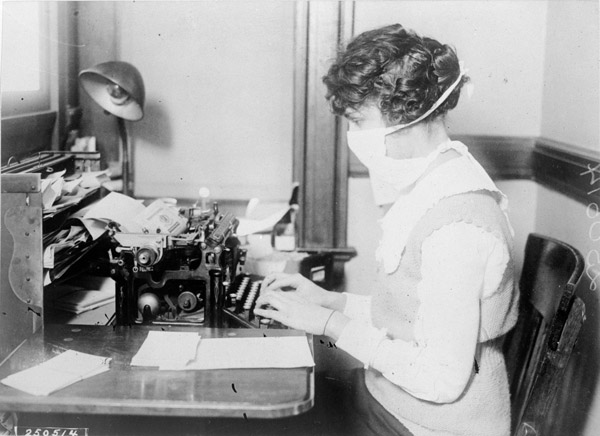From “How to Make Almost Anything,” Neil Gershenfeld’s new Foreign Affairs piece about the coming revolution of 3D printers, replicating machines that can replicate even themselves:
“Are there dangers to this sort of technology? In 1986, the engineer Eric Drexler, whose doctoral thesis at MIT was the first in molecular nanotechnology, wrote about what he called ‘gray goo,’ a doomsday scenario in which a self-reproducing system multiplies out of control, spreads over the earth, and consumes all its resources. In 2000, Bill Joy, a computing pioneer, wrote in Wired magazine about the threat of extremists building self-reproducing weapons of mass destruction. He concluded that there are some areas of research that humans should not pursue. In 2003, a worried Prince Charles asked the Royal Society, the United Kingdom’s fellowship of eminent scientists, to assess the risks of nanotechnology and self-replicating systems.
Although alarming, Drexler’s scenario does not apply to the self-reproducing assemblers that are now under development: these require an external source of power and the input of nonnatural materials. Although biological warfare is a serious concern, it is not a new one; there has been an arms race in biology going on since the dawn of evolution.
A more immediate threat is that digital fabrication could be used to produce weapons of individual destruction. An amateur gunsmith has already used a 3-D printer to make the lower receiver of a semiautomatic rifle, the AR-15. This heavily regulated part holds the bullets and carries the gun’s serial number. A German hacker made 3-D copies of tightly controlled police handcuff keys. Two of my own students, Will Langford and Matt Keeter, made master keys, without access to the originals, for luggage padlocks approved by the U.S. Transportation Security Administration. They x-rayed the locks with a CT scanner in our lab, used the data to build a 3-D computer model of the locks, worked out what the master key was, and then produced working keys with three different processes: numerically controlled milling, 3-D printing, and molding and casting.
These kinds of anecdotes have led to calls to regulate 3-D printers.” (Thanks Browser.)

